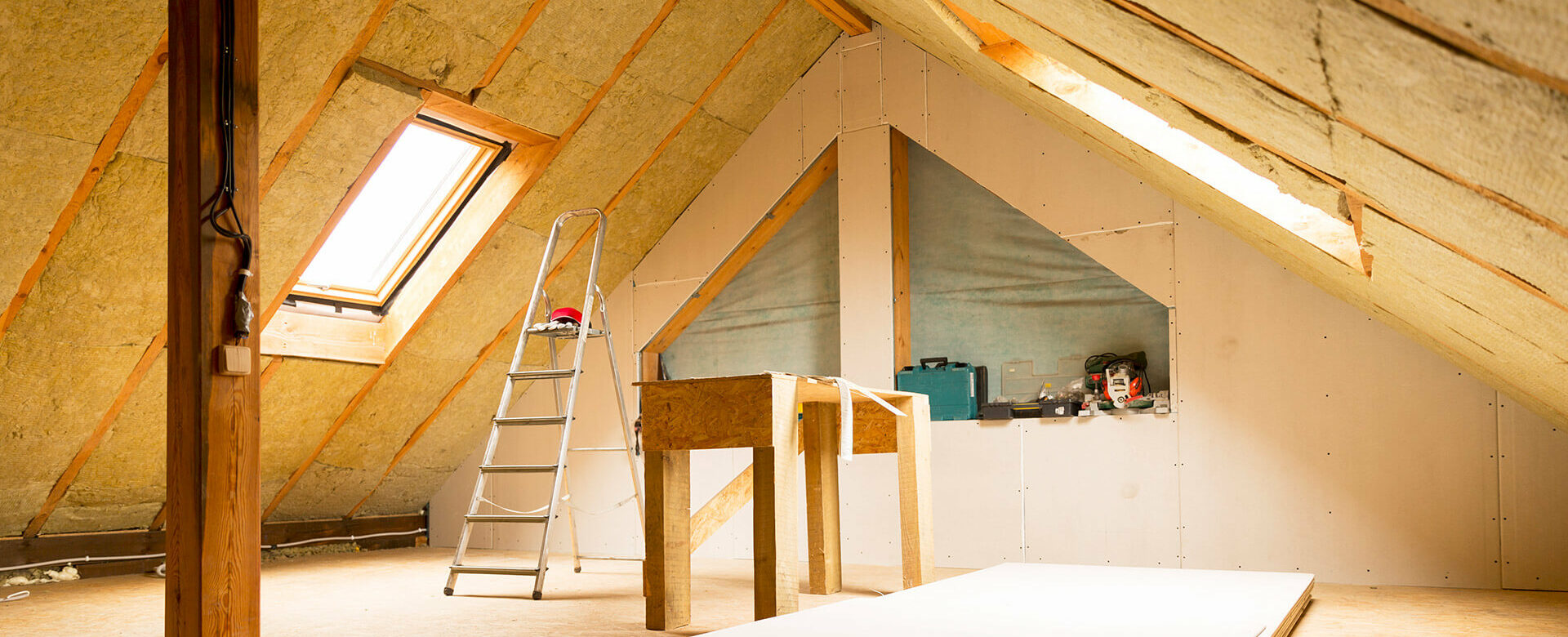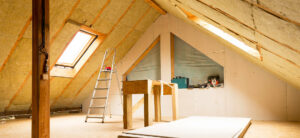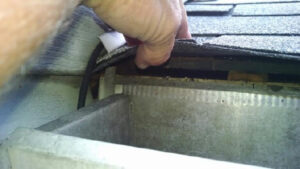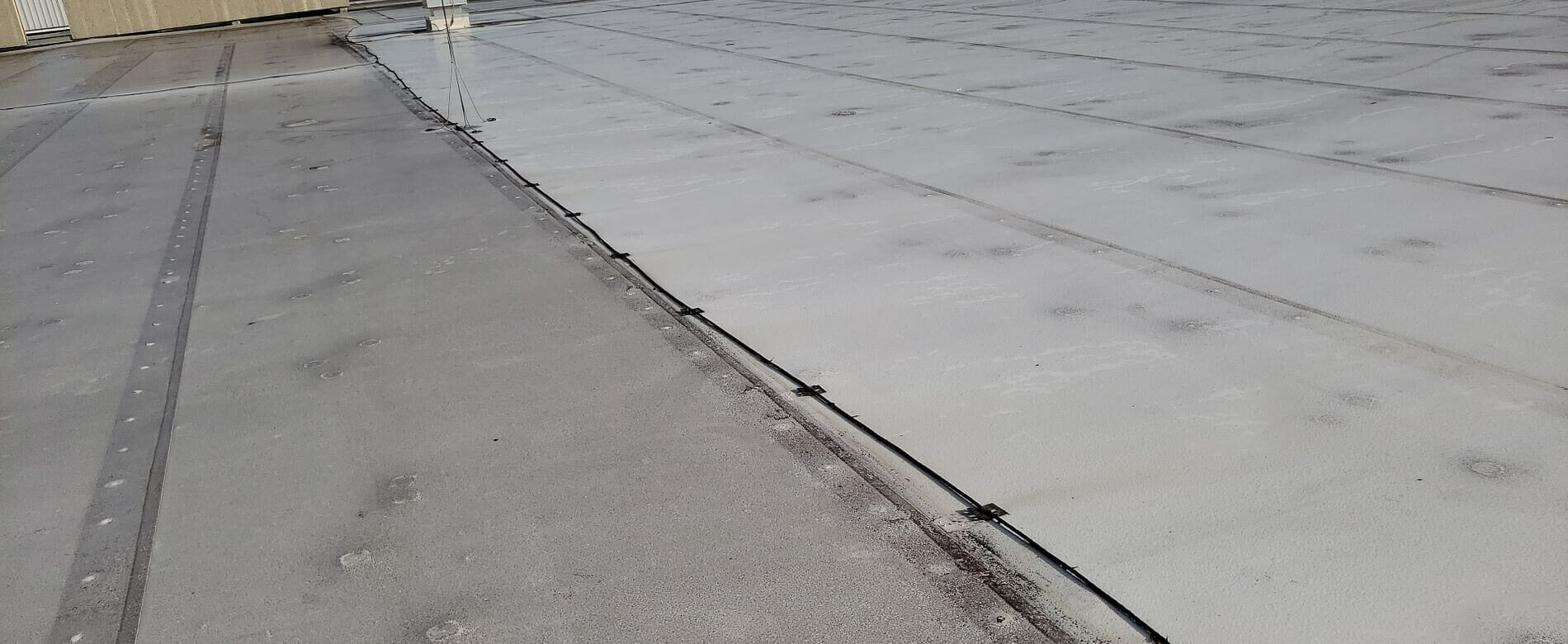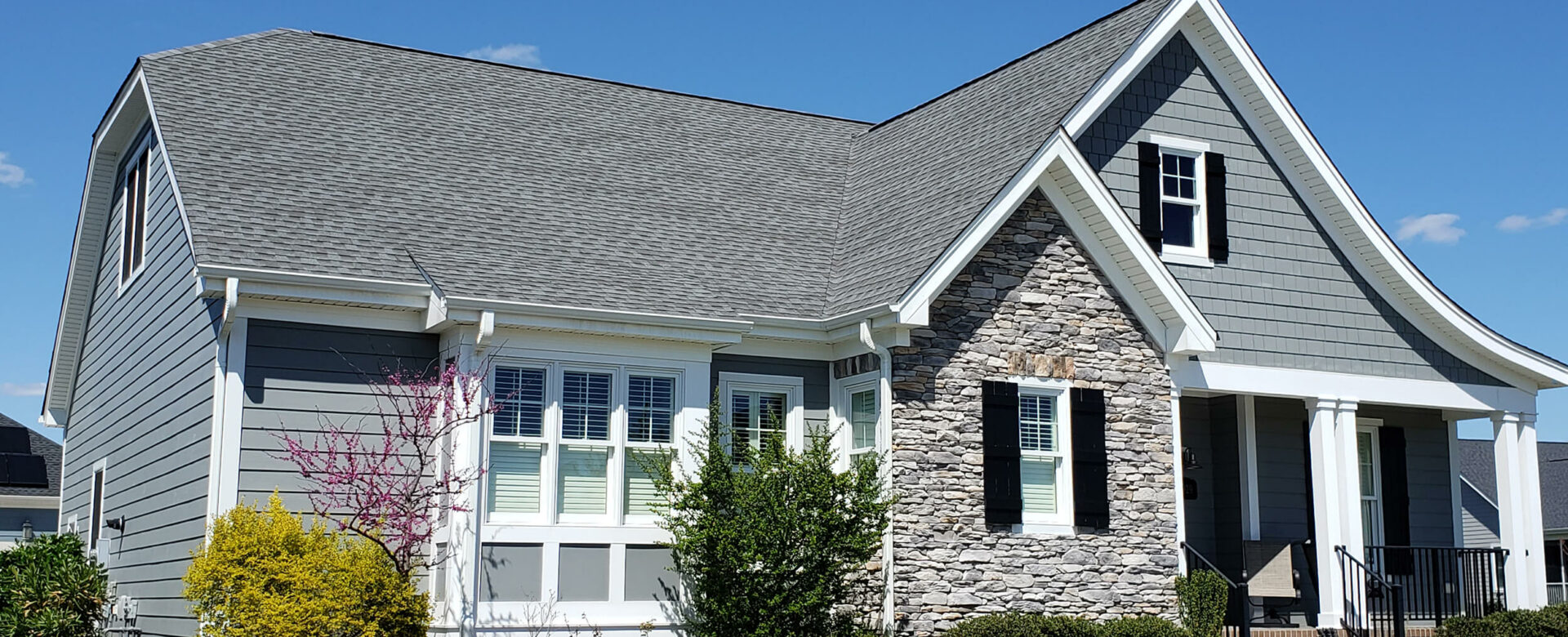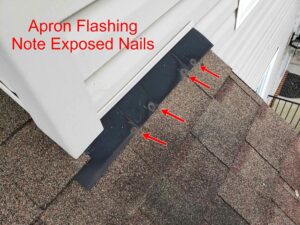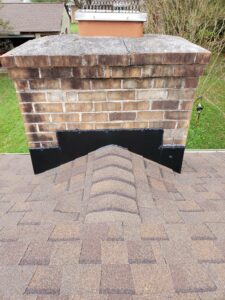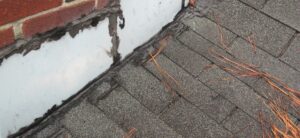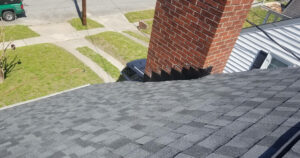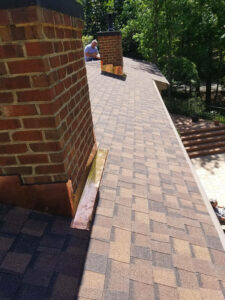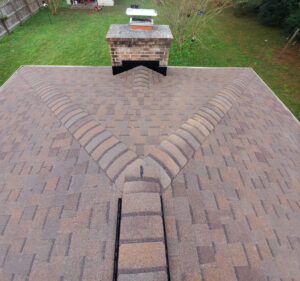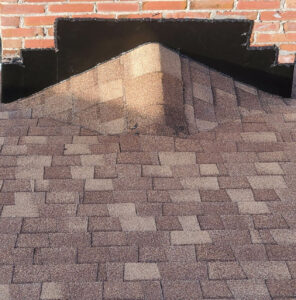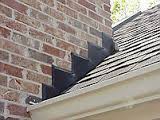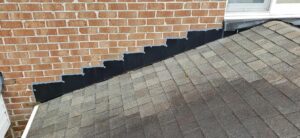 The holidays are here and for many folks that means decorating their homes – inside and out. So many of the classic Christmas movies we all love to watch every year involve some sort of rooftop antics. Whether it’s Santa’s sleigh scraping across a gabled dormer or Clark Griswold stapling strand after strand of lights directly to his shingles, these scenes that fill most people with holiday cheer make roofing professionals cringe! That’s because Christmas and holiday decor can cause real, serious damage to your home’s exterior, and particularly your roof. We don’t mean to be a grinch, but while we love to get in the holiday spirit as much as anyone else, we have a few recommendations to help make sure that Christmas doesn’t ruin your roof (and your holiday cheer) this year.
The holidays are here and for many folks that means decorating their homes – inside and out. So many of the classic Christmas movies we all love to watch every year involve some sort of rooftop antics. Whether it’s Santa’s sleigh scraping across a gabled dormer or Clark Griswold stapling strand after strand of lights directly to his shingles, these scenes that fill most people with holiday cheer make roofing professionals cringe! That’s because Christmas and holiday decor can cause real, serious damage to your home’s exterior, and particularly your roof. We don’t mean to be a grinch, but while we love to get in the holiday spirit as much as anyone else, we have a few recommendations to help make sure that Christmas doesn’t ruin your roof (and your holiday cheer) this year.
Inspect Before You Decorate
Before putting any type of decorations directly onto your home’s exterior surfaces, give them a once over. Are any shingles peeling or missing? Are gutters loose anywhere? Are there gaps or holes in siding? Is there debris in any roofing valleys? All of these issues should be dealt with regardless of whether or not you’re decorating, but they can become especially problematic once you add things to them. Debris can blow around and destroy your decorations – especially anything inflatable. Loose shingles can be pulled off if weight is placed directly on them. Loose gutters could even fall off or become more damaged if strung with lights. If your inspection turns up any issues, call in a licensed roofing contractor to fix the issue before decking the halls.
Use Proper Lighting
It’s not uncommon to collect Christmas decor and use the same things for decades on end. But when it comes to exterior lighting, it’s best not to get nostalgic about anything. Outdated or worn string lights and electric decor can cause major damage to your home including fire damage. Additionally, any lighting that isn’t rated for outdoor use can become a liability. Make sure anything that you plug in is UL rated, which is typically listed on the product’s packaging or online description. The UL seal means that a product has been tested by the UL nationally recognized safety and sustainability standards and has been found to be free from a reasonably foreseeable risk of fire and electric shock.
Watch Your Weight
No, not your waistline, although we could probably all stand to keep an eye on that this time of year. We’re talking about weight you place on your roof which isn’t designed to withstand downward pressure and weight over long periods of time. Attaching heavy decorations to the top of your house can cause structural damage to your roof decking and eaves. You can check with a structural engineer or contractor to find out what your roof’s long-term weight bearing capacity is, but you can also use common sense – don’t plop a three-hundred-pound Santa and his sleigh up there and not expect for some issues to occur. Conversely, if you place lightweight decor on your roof, ensure that it is properly secured so it doesn’t come loose and cause damage to other areas of you or your neighbors’ homes.
Most Importantly: Use Proper Fasteners!
We cannot stress enough how much damage can be caused by stapling, nailing or screwing lights and decorations to your home’s roof. Shingles are not self-sealing. Any hole and penetration you put in them will only get bigger and cause more damage over time. If you must have lights along your roofline, there are great products out there that create a professional and clean design without penetrating any exterior materials. Gutter clips and shingle clips (or all-in-on-products) are great alternatives. They are easy to use and well worth the minimal investment, especially considering the cost of the damage nails and screws will eventually cause to your home.
We hope all of our neighbors in the Hampton Roads region are celebrating the season with good spirits and lots of safety. All of us at Andrews Roofing want to wish you a wonderful holiday season, a Merry Christmas and a Happy New Year!

